If you've ever wondered, "What is analog audio?" You're about to learn more about its details and its appeal than just a simple answer.
when we discuss the audio or sound system, there are two primary technologies for recording methods and transmitting sound: analog and digital.
They may not be confused with one another, but they frequently require explanation in order for someone to appreciate their distinctions.
In this post, we will answer the following questions:
- What is analog audio,
- the advantages, and cons of analog audio,
- What is digital audio,
- the distinctions between analog and digital audio,
- and how to pick analog audio or digital audio.
Understanding of Analog Audio
The continuous depiction of sound waves as electrical voltage waves is referred to as analog audio.
It captures the intricacies of sound by immediately converting its changes into an electrical output. Overextended distances, this signal is prone to noise and degradation. This is how analog audio technologies, such as vinyl records and cassette tapes, work.
Pros and Cons of Analog Audio
Most audiophiles like analog audio because of its warmer and more natural sound. Analog audio records the whole sound wave spectrum like the subtle features
Analog audio records the whole sound wave spectrum, such as the subtle distinctions and faults. As a result, analog audio can provide a more real and immersive listening experience.
Especially when they have a completed home audio system, analog audio will be the first option for them to have a rest.
However, analog audio also has some drawbacks. One of the main drawbacks of analog audio is that it is susceptible to noise and distortion, particularly if the recording or playback equipment is of poor quality.
Furthermore, analog audio can be harder to edit or modify, making it less versatile than digital audio. Finally, analog audio can degrade with time, especially if not properly cared for or kept.
What is Digital Audio
Any sort of audio that is stored, communicated, and played back utilizing digital signal technology is referred to as digital audio.
Some streaming services like Spotify are a kind of digital audio. You can use digital audio easily and conveniently, and you can use your computer to play digital audio, as well as other portable music players.
This allows you to carry your music with you everywhere you go, as well as access a diverse choice of audio content from any location with an internet connection.
Aside from its portability and simplicity, digital audio has several other advantages. For example, it is generally more accurate and reliable than analog audio, implying that digital recordings will have great sound quality.
Digital audio is also considerably easier to edit and modify than analog audio, making it an attractive option for music creation and other creative applications.
However, digital audio has some drawbacks. One of the biggest downsides of digital audio is that it lacks the "warmth" and "soul" of analog music at times.
Because digital audio is formed by turning analog audio into a collection of ones and zeros, some of the subtle nuances and faults that give analog audio its character can be lost.
Furthermore, if digital audio is not encoded or transmitted properly, it is susceptible to artifacts and other sorts of noise.
Comparison between Analog Audio and Digital Audio
Now that we've covered the basic differences between analog and digital audio, let's compare the two and see how they differ.
In terms of audio quality, analog audio is thought to have a warmer, more "natural" sound than digital audio. This is due to the fact that analog audio records the entire spectrum of sound waves. Digital audio is generally thought to be more accurate and constant, but it lacks the "soul" of analog audio at times.
Analog audio and digital audio play different roles in audio conversion when it comes to audio recording and transmission. As a result, this is the main difference between analog and digital audio. The quality of the conversion procedure will affect the final audio quality.
Analog Audio and Digital Audio: How to Choose
To recap, analog audio is famed for its warm, rich tone and longevity, but it is also susceptible to noise and distortion and is difficult to edit or modify.
Digital audio is usually seen as more precise and reliable than analog. It is also easier to use and carry around. However, sometimes it may not have the same emotional quality as analog music.
Finally, the decision between analog and digital audio will be influenced by your own preferences as well as the precise requirements of your application.
You may appreciate the warmth and richness of analog audio if you are a music aficionado or audiophile. If you are more concerned with mobility and ease, digital audio may be the best option for you.


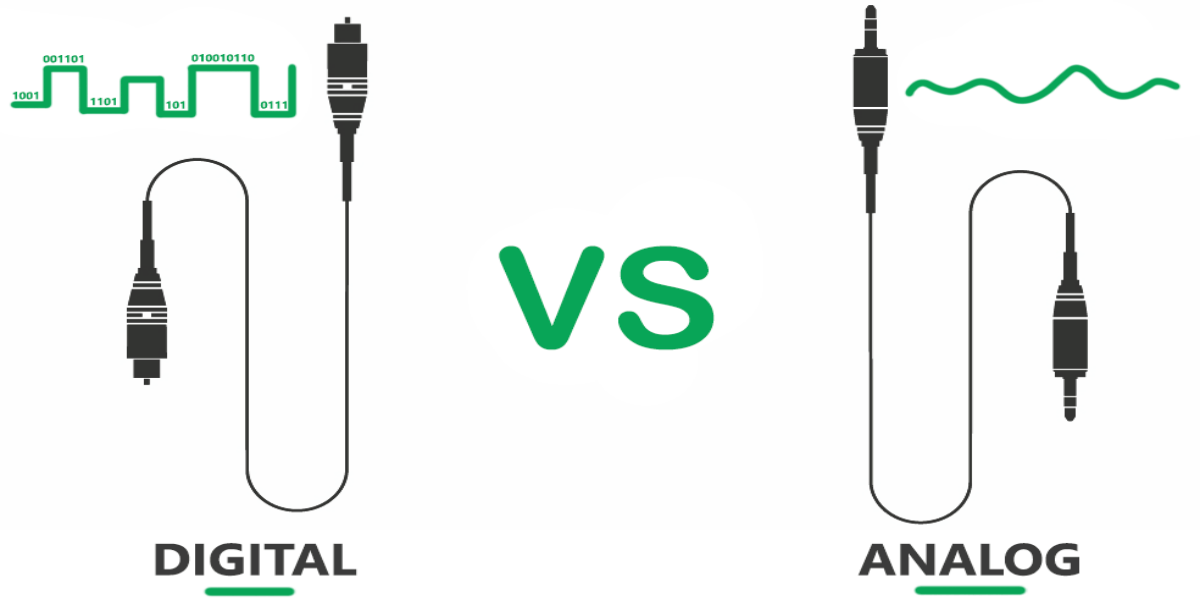
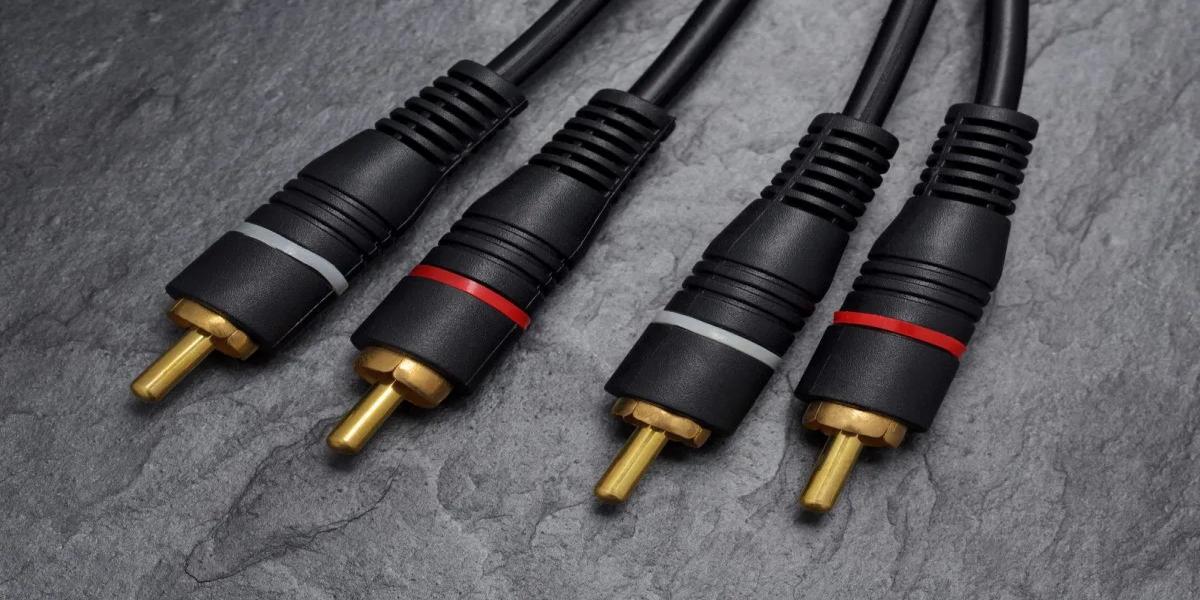
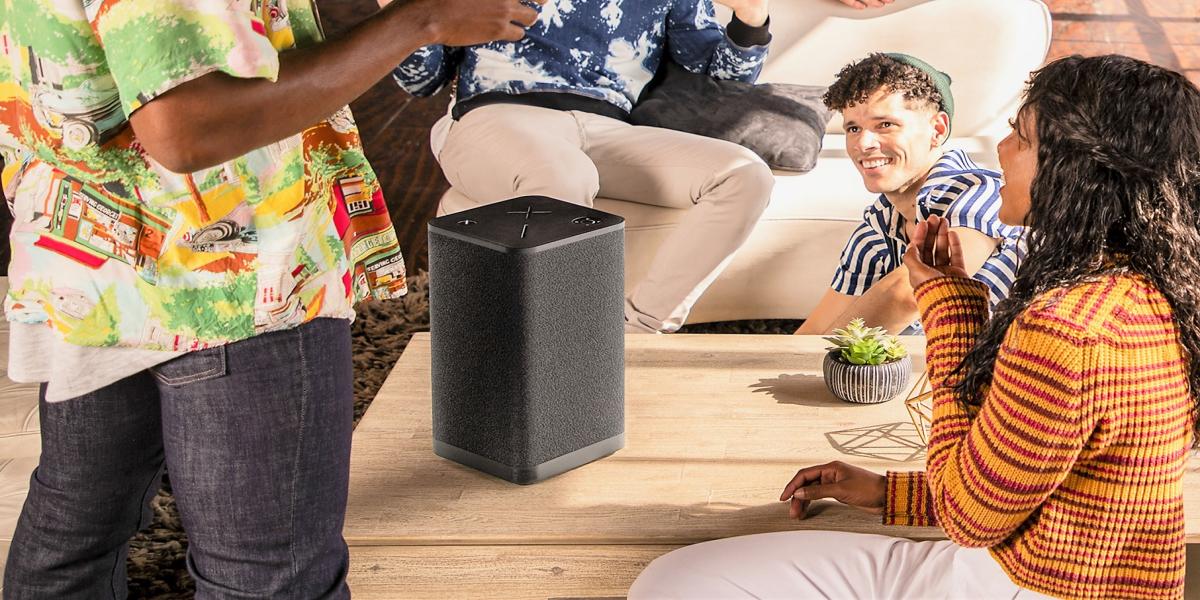
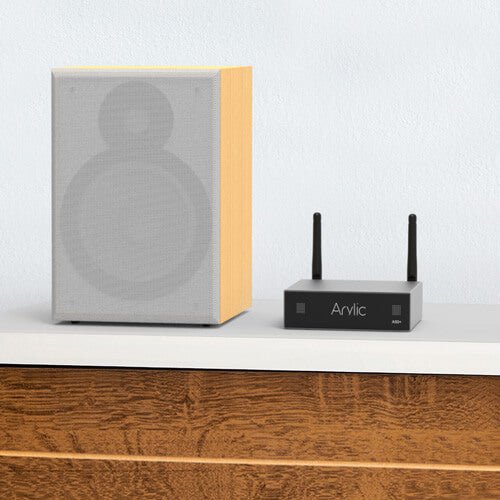
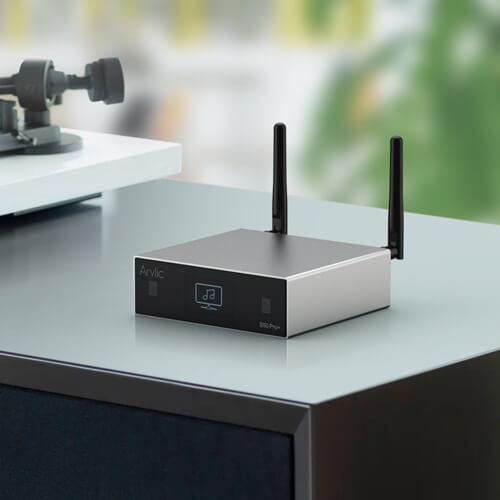
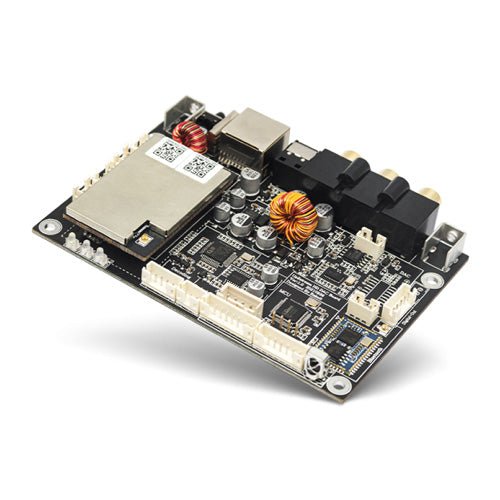
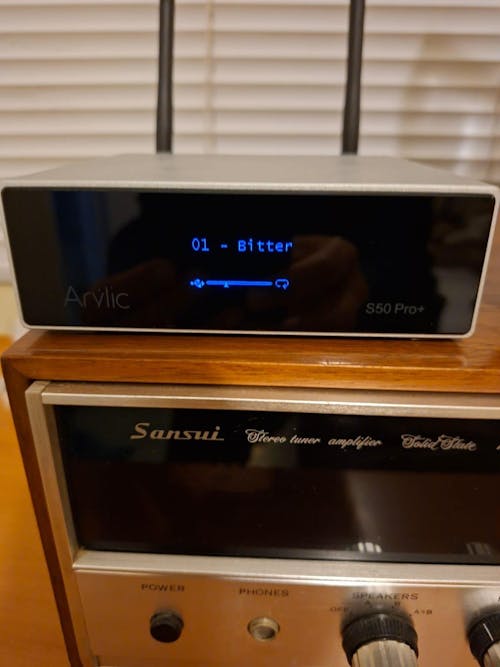
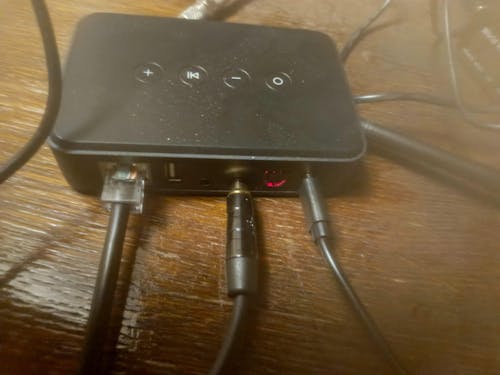
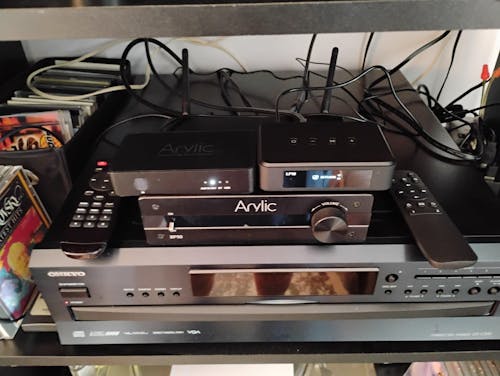
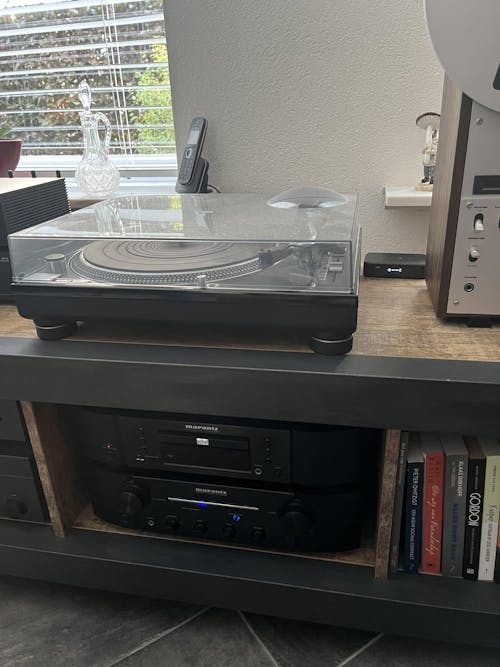
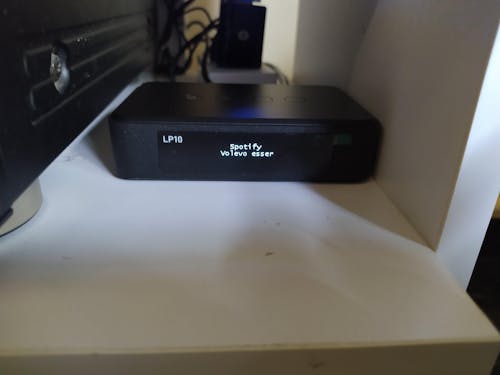
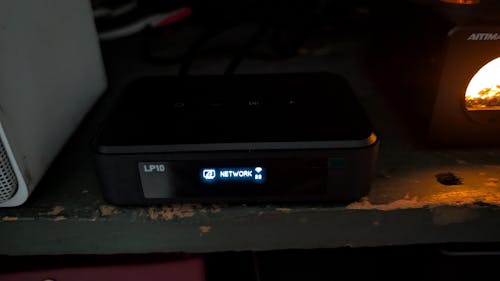
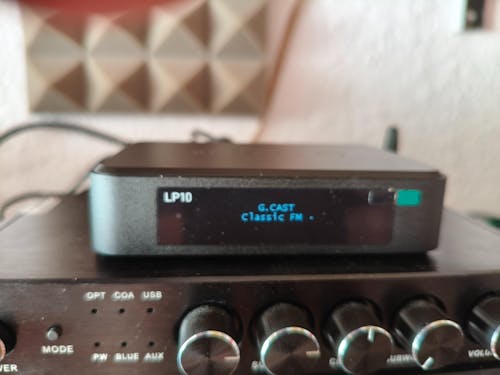


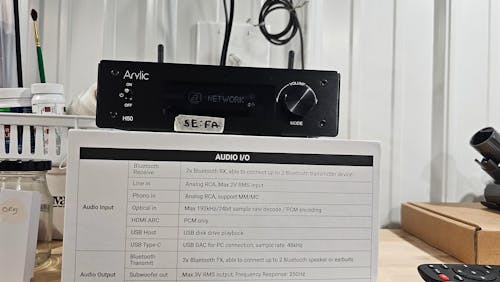
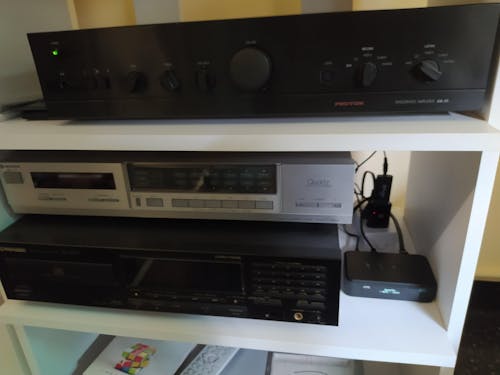
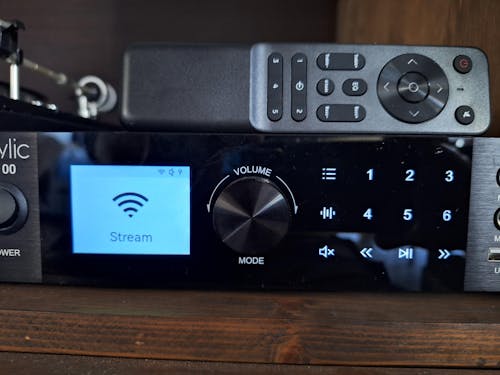
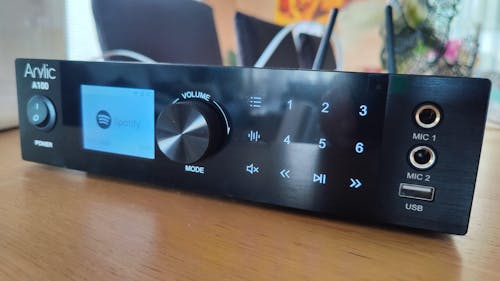

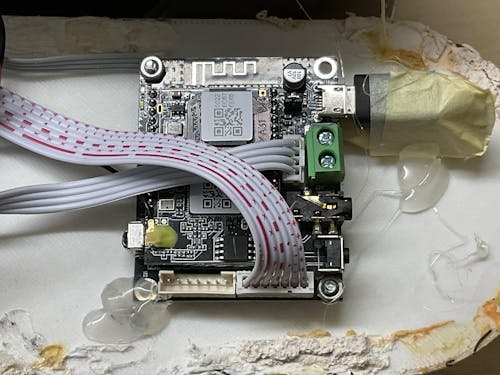
Leave a comment
All comments are moderated before being published.
This site is protected by hCaptcha and the hCaptcha Privacy Policy and Terms of Service apply.